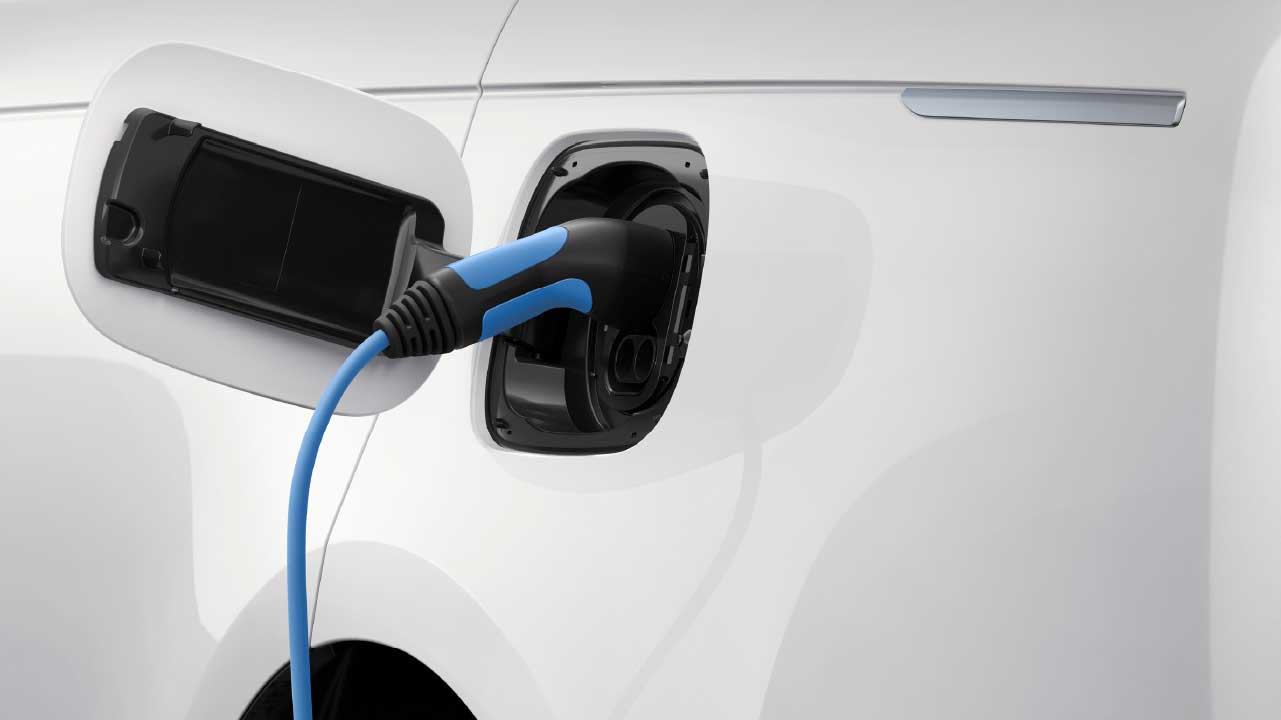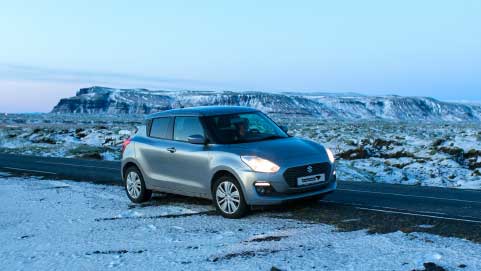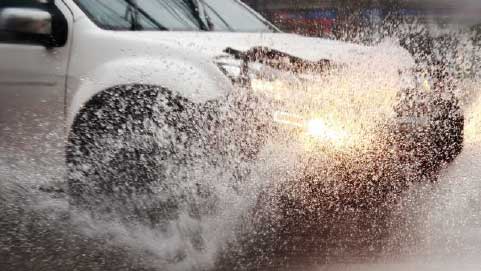Advice for winter driving
The weather in the winter months in the UK can be very changeable, with many motorists caught out by snow, ice, and water on the roads. For some of the most experienced drivers, journeys can become very treacherous when faced with extreme, fog, wind, rain, ice, and snow.
Even if your drivers and vehicles are capable and well-equipped, that does not stop other road users from having an accident or conditions causing long delays. If the weather takes a turn for the worse when drivers are in the middle of a journey, they may find themselves stuck for prolonged periods of time. You should always ensure that your entire fleet is ready and prepared for the worst conditions.
Take a look at the links below for hints, tips, and advice for drivers and fleets.
Prepare your fleet for the winter
Here are a few things to keep your eye on when seeing your fleet through the winter:
- Keep the fleet maintained by checking that all tyre treads, tyre pressures, windscreen wipers, brake pads and batteries are meeting requirements and/or working efficiently.
- Ensure all vehicles are using a good strength antifreeze in both the radiator and windscreen wash to protect them.
- Depending on your fleet, consider switching to winter tyres to ensure that they can best cope with heavy snow or ice.
- Consider winter emergency packs to ensure drivers have the correct provisions in case of emergency.
- Make sure your fleet insurance details are all up to date and that you have sufficient cover for all eventualities.
- Make sure your drivers know how to drive in a range of weather conditions, and consider providing advice, policies and procedures on what to do in the event of extreme weather.
Electric vehicles in winter
All vehicles become less energy-efficient in cold weather. For EVs, cold temperatures can also substantially hamper both a battery’s performance and its ability to accept a charge. It can also take longer to bring the battery pack up to a full charge, and with cold temperatures, an electric vehicle's regenerative braking function can be limited. This means less energy can be recovered and sent back to the battery that would usually be collected in deceleration or stopping.
Tips for EV drivers
- Keep vehicles plugged in as often as possible to ensure they maintain a full charge.
- Before any journey, advise drivers to make a note of nearby public charging stations in case they start unexpectedly running low on charge.
- If vehicles have pre-conditioning features, use them. This will heat both the interior and the battery pack while the vehicle is plugged in.
- Limit the use of the heater while driving, setting the temperature as low as the driver can comfortably stand. It could help to rely on the vehicle's heated seats and heated steering wheel if it has them.
- Advise drivers to drive in ‘Eco’ mode where possible to adjust performance parameters and preserve battery range.
- Preserve charge by limiting speed while driving where possible.
- Utilise DC Fast Charging units that can bring an electric car’s battery back up to 80 percent of its capacity in 30 to 45 minutes.
Keeping your drivers safe on the roads
Even the best drivers can become unstuck in severe weather. Help your drivers plan their journeys by passing on these few helpful tips.
Before setting off
- Check the travel reports before commencing any journey
- If driving is not business critical, consider re-arranging appointments and travel
- Travel with a fully charged mobile phone and in-vehicle charging options
- Allow extra time to account for any delays
- Ensure there are winter emergency provisions in the vehicle including: warm clothing, blankets, torches, tow-ropes, high visibility jackets, de-icer, scrapers, food/drink provisions and emergency contact information.
Preparing vehicles
- Drivers should ensure that their visibility is clear
- Vehicle should be clear of all snow before leaving
- Ensure the vehicle's external camera lenses and side view mirrors are clean and clear
- Ensure that the vehicle's lights are clear and working well
- Check windscreen wipers are working and antifreeze is included in the windscreen wash
- Check all tyres are correctly inflated and suitable for the conditions
- Ensure the fuel tank is kept near to full
During the journey
- Increase your following distance to eight to ten seconds
- Accelerate and decelerate slowly when on roads that are wet or have been gritted
- Do not power up hills or stop when going uphill
- Avoid driving through flood water
- Ensure to brake progressively before reaching a bend
- Keep an eye out for larger vehicles creating spray that may reduce visibility







